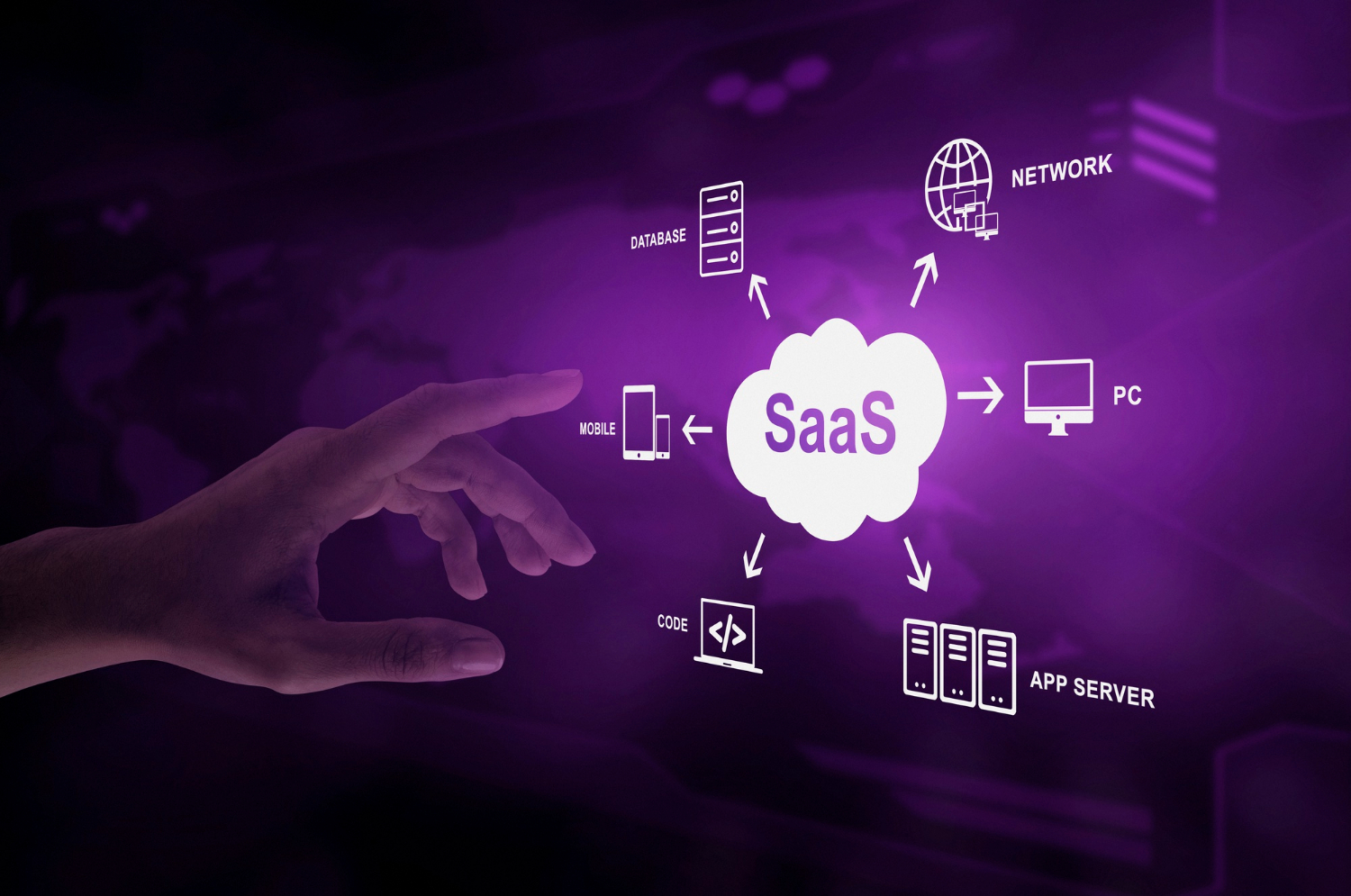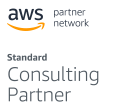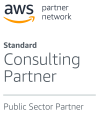Key Steps for Proper Implementation of SaaS

Contents of Table
- 1 What exactly is SaaS model?
- 2 Important steps for the proper implementation of a SaaS Model
- 2.1 1. Identifying the requirements
- 2.2 2. Constituting the right team
- 2.3 3. Designing scalable infrastructure
- 2.4 4. Bandwidth and hosting considerations
- 2.5 5. Component quality
- 2.6 6. Disaster recovery and business continuity plans
- 2.7 7. Comprehensive monitoring solution
- 2.8 8. Customer support
- 2.9 9. SLAs and documentation
- 2.10 Wrapping Up!
Like any other company, today, you must have robust software solutions for effective resource planning, customer relationship management, and other vital attributes of your company’s key operations. SaaS implementation is becoming a popular choice as enterprises seek options to reduce capital investments while striving to become more agile and responsive. Developing an in-house application and its maintenance can tie up the budget after a certain point.
That’s where the SaaS model comes in. But it’s beneficial only when the SaaS implementation plan is customized according to the business demands, products, organizational dynamics, and most importantly, the current market context.
If you are looking for ways to optimize the SaaS model that fits with the realities of your business needs, it’s time you must consider following the below-mentioned SaaS implementation steps to improve your operations.
What exactly is SaaS model?
SaaS, known for its pay-as-you-go model, facilitates software access across devices, eliminating the need for local hardware installation or application maintenance. It serves as an ideal substitute for low complexity, high-value on-premises applications, offering a plethora of blue sky features and benefits that complement effective SaaS implementation.
Let’s first discuss some of the vital attributes of the SaaS model before diving deep into discussing an effective implementation of SaaS process.
Multitenant Architecture: A SaaS model offers a multi-tenant environment, sharing a common source code among multiple users and applications. The service provider maintains it in a single central location. End-users don’t need to worry about updates and security patches since the provider automatically applies them.
Accessibility: SaaS significantly enhances data accessibility over the internet. It becomes easy to manage privileges and monitor data usage. Moreover, it also ensures that the same data/information is available to different users at the same time.
Customization: Applications are maintained centrally and can be customized to match clients’ business needs. An important aspect of customization offered by SaaS is that a single application can be tailor-made to suit the needs of different users.
Important steps for the proper implementation of a SaaS Model
SaaS implementation can be delivered through various technologies and models. Properly reviewing and understanding a business’s unique requirements, regardless of the chosen technology or model, is crucial. Developing a bespoke application tailored to a specific business process requires clarity on the company’s goals and objectives in the early stages of development. To unlock the full potential of SaaS, it’s essential to consider the following aspects for leveraging it to your advantage.
1. Identifying the requirements
Application development must begin with the identification of goals, and setting directives at a very early stage. So, begin the process by determining answers to the following questions:
What is the process that is designed to run the application?
Which user demographics will the application be targeting?
What are the provisions for imparting scalability, security, to the application, and how the application is going to handle failover issues?
To ensure success, it’s essential to thoroughly understand the attributes of the proposed application and conduct a comprehensive study of the challenges and issues encountered by the existing system, process, or application during the initial stages of development.
2. Constituting the right team
Select mature individuals capable of understanding concepts and technologies to identify the task force for developing the proposed software application. Ideally, the team members should have gained expertise in multiple technologies and should be conversant about the industry’s best practices.
3. Designing scalable infrastructure
Now that we understand various business aspects and objectives of the application to be developed, let’s proceed by designing a stable, well-connected, and scalable infrastructure. Infrastructure should consist of a state-of-the-art data center with robust networking architecture. It should also include backup and monitoring tools, and the enterprise-grade system as well as storage hardware.
In addition to these factors, an ideal infrastructure should be optimized for costs and must be backed by well-defined SLAs. We should also take into account other performance factors such as network bandwidth and uptime guarantees. Infrastructure for application development should be supported by robust data recovery services and security measures.
4. Bandwidth and hosting considerations
It’s the most crucial step to consider for implementing SaaS. Hosting facilities for application development infrastructure should have seamless public connectivity. Industry-leading telecom providers are known to offer consistent and reliable services. Selection of location of hosting facility should aim at reducing network hops between the infrastructure and end-user.
Having multiple network connections to the data center facility is advisable to reduce the chances of bottlenecks. Review bandwidth by understanding the demography of locations because network speeds vary across different locations. System redundancy governs data center connectivity to handle power outages and hardware failures, along with determining testing frequency.
5. Component quality
The performance of applications and other testing conditions can be significantly enhanced by using components of optimum quality. Infrastructure components should have well-established functionality and reliability. The use of enterprise-grade components is critical for the assured availability of applications.
6. Disaster recovery and business continuity plans
There should be a concrete disaster recovery plan in place to guarantee availability of application. Our ability to respond quickly to any disaster situation by restoring operations of application within a defined period will directly impact business availability.
7. Comprehensive monitoring solution
There is no substitute for an effective subsystem for monitoring for assuring timely intervention and to avert possible disasters. The monitoring system must take into consideration OS and application event logs, memory and CPU consumption, and performance of application components including database, TCP layer, application servers.
8. Customer support
Once the application hits the market, we must ensure that we constantly support it with a responsive resource of customer support. To achieve this, we should have a well-managed ticketing system that seamlessly connects to a call center.Whatever model or technology one uses, robust and seamlessly available customer support is an essential parameter for the success of any application. Many applications are backed by an emailing system that is enabled by customer support and capable of forwarding support emails to relevant members of the support team.
9. SLAs and documentation
Service Level Agreements of software applications should be able to clearly define the scope, turnaround time, application availability, and response time.
One of the most important steps in the development of software applications is robust documentation. The documentation must consist of every aspect of infrastructure and components. It will provide a basis for any types of alterations or modifications required to be implemented. Documentation also facilitates users to manage any unexpected behavior of the application.
Wrapping Up!
While the above mentioned steps are key to successfully implementing SaaS, it can be overwhelming and time-consuming to plan. Companies like Go4hosting specialize in taking away all such hassles by offering consultation and implementing the right model for your business.





